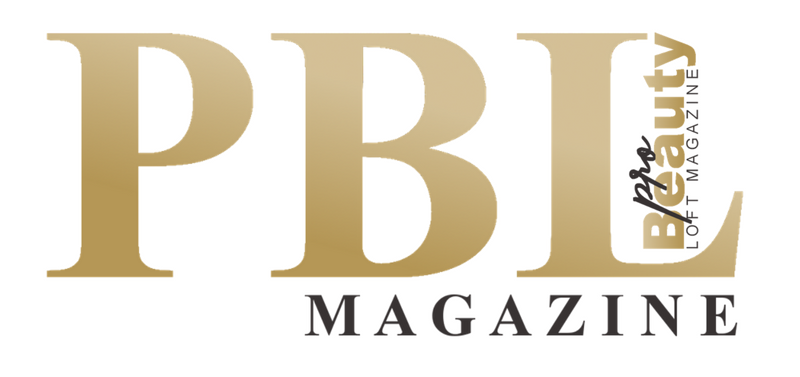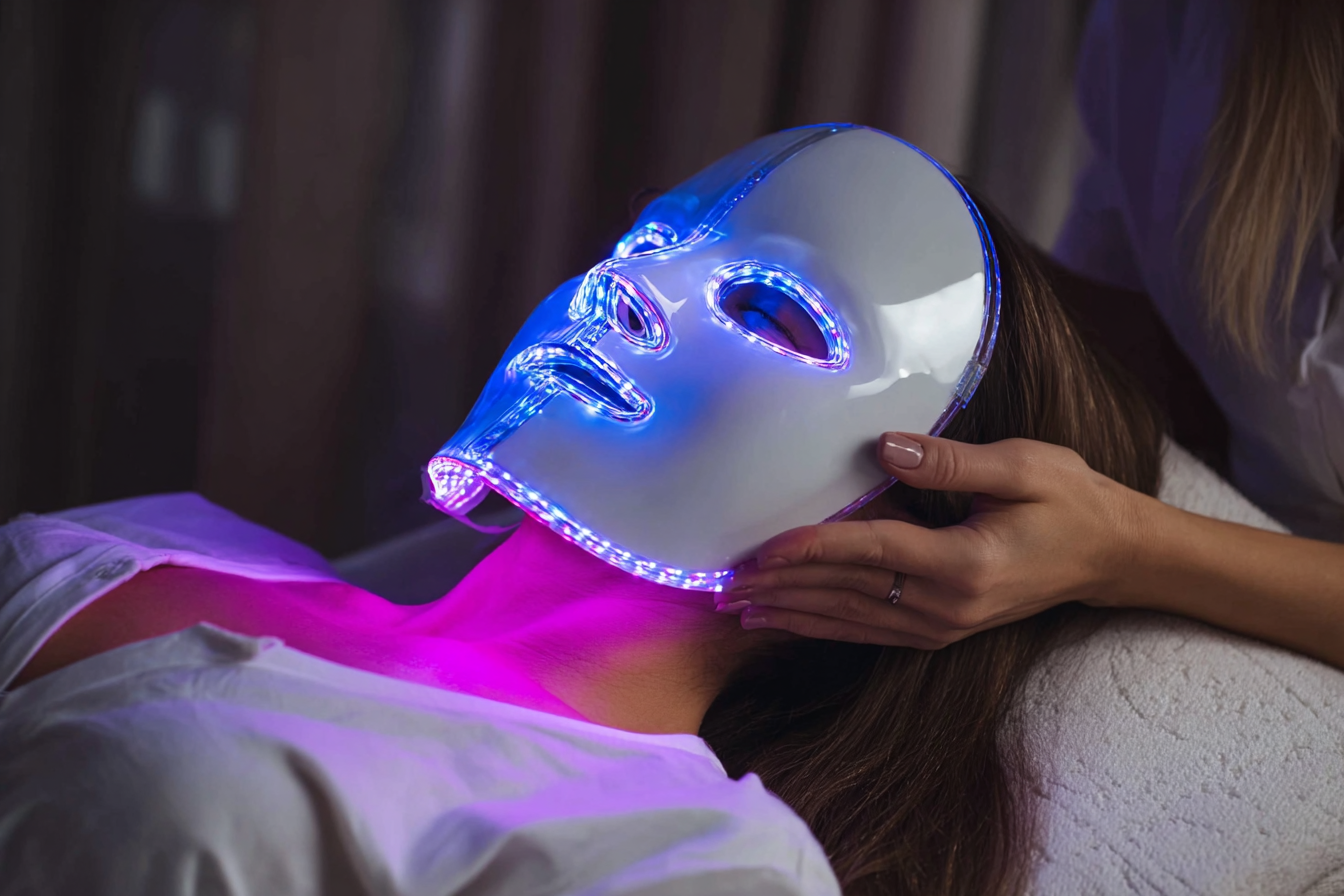The Real Science Behind LED Masks and What Practitioners Need to Know
When the Advertising Standards Authority (ASA) announced that it had banned a series of LED face mask adverts over acne and rosacea claims, it sent a clear signal to the beauty sector. Four brands were found in breach of the CAP Code after social media and website ads claimed their masks could “treat acne”, “heal rosacea” and “kill acne causing bacteria”, often backed with before and after images. Both acne and rosacea are classified as medical conditions in UK law, which means any device claiming to treat them must be registered with the MHRA as a medical device and supported by robust clinical data.
For clinic owners and facialists who use LED as an add on, the headlines risk blurring an important distinction. The ASA has not banned LED as a modality. It has intervened on the way at home LED masks are marketed when they stray into unauthorised medical claims. That creates a useful moment to reset how the professional side of the industry talks about LED, grounding treatment menus and marketing in what the evidence actually shows.
What LED light is doing in the skin
LED therapy sits within photobiomodulation, where non thermal, low level light in specific wavelengths triggers changes in cellular activity. A systematic review of dermatology uses found that red and near infrared wavelengths can increase fibroblast proliferation, stimulate collagen synthesis, support angiogenesis and reduce inflammatory cell infiltrate, all without tissue damage when dosed correctly.
GP and multi award winning aesthetic doctor Dr Priya Verma explains it for patients in simpler terms: “LED therapy uses specific wavelengths of light to stimulate natural cellular processes within the skin, enhancing repair and reducing inflammation without causing thermal damage. Blue light targets acne-causing bacteria, red light enhances collagen and elastin activity, and near-infrared wavelengths support wound healing by increasing fibroblast proliferation and improving tissue recovery. These gentle, non-invasive wavelengths work in harmony with the skin’s physiology to optimise healing and restore balance.”
The key technical variables are wavelength, irradiance (power density at the skin surface) and total dose over time. Most dermatology data clusters around blue light near 415 nm for Cutibacterium acnes, red light around 630 to 660 nm for inflammation and collagen, and near infrared in the 800 to 900 nm range for deeper tissue effects.
Inflammatory acne
Blue and blue red LED therapy is one of the better studied uses. Systematic reviews and randomised trials report meaningful reductions in inflammatory lesion counts for mild to moderate acne, typically in the region of 30 to 60 per cent after several weeks of regular treatment, although studies are small and heterogeneous.
A recent systematic review and meta analysis focusing on at home LED acne devices found that consumer units can improve lesion counts, but effects are smaller and more variable than clinic systems, with protocols ranging from daily to several times a week. This aligns with practical experience in clinic, where higher powered panels or domes, known treatment parameters and controlled adherence tend to outperform mask style home gadgets.
Wound healing and post procedure recovery
Red and near infrared LED has a solid pre clinical base in wound healing. Reviews of animal and human data show reduced inflammatory cells, increased fibroblast proliferation, enhanced granulation tissue and more organised collagen deposition in light treated wounds, provided the dose is within a therapeutic window.
Clinically, dermatology teams use LED as an adjunct after fractional laser, peels and other procedures to reduce downtime, erythema and discomfort. While many of these studies are small and device specific, the overall picture supports LED as a useful recovery support rather than a standalone wound therapy.
Photoageing and collagen support
Trials of red and amber LED in photoaged skin report improvements in fine lines, roughness and dermal collagen density after courses lasting from several weeks to a few months. A recent study combining 630 nm LED and 850 nm infrared found the protocol to be effective, safe and well tolerated for general skin rejuvenation, with measurable changes in wrinkles and skin elasticity.
For professional practice this supports positioning LED as a gentle collagen supportive treatment that can complement injectable, energy based or topical programmes, not an alternative to them.
Redness and rosacea
Evidence for LED in rosacea and chronic redness is emerging but less robust. Reviews of photobiomodulation in dermatology suggest that red and near infrared light may reduce erythema and improve barrier function in some inflammatory dermatoses, but large, well controlled rosacea specific LED trials are lacking. This matters because rosacea is explicitly classed as a medical condition in the ASA rulings, so any suggestion that a consumer LED mask can treat or control rosacea becomes a regulatory issue.
Dr Verma sums up the balance neatly: “LED can be highly beneficial when used appropriately, with strong evidence for improving inflammatory acne, supporting wound healing, enhancing collagen activity, and reducing redness. While it is not a miracle treatment or a substitute for medical therapy, LED is a safe, well-tolerated adjunct that calms inflamed skin, boosts cellular repair and accelerates tissue recovery. In line with ASA guidance, we focus on evidence-backed benefits in the clinic, rather than overstated claims, ensuring patients receive treatment that is both biologically credible and clinically proven.”
The recent ASA rulings did not conclude that LED technology is ineffective. They focused on how a handful of LED face masks were promoted online. Ads from Beautaholics, Luyors Retail, Project E Beauty and Silk’n used phrases such as “treats acne”, “heals rosacea” and “83% improvement in acne lesions in four weeks”, often alongside dramatic before and after photographs.
Because acne and rosacea are treated as medical conditions, any claim that a product treats, prevents or heals them is considered a medicinal claim. Under CAP Code rule 12.1, medicinal or medical device claims cannot be made for unlicensed cosmetics or devices that are not registered with the MHRA. The ASA found that the advertisers could not supply adequate product specific clinical evidence or MHRA registrations to support those treatment claims, so the ads had to be withdrawn or amended.
The regulator has started to use AI driven monitoring to identify potential breaches in sensitive categories such as health and beauty. LED masks are now firmly on that radar.
The ASA crackdown has also exposed a quality problem at the lower end of the LED market. Sue D’Arcy, who has more than 20 years of experience designing LED devices and leads iSMART’s phototherapeutic technology team, has been vocal about the risks of cheap, untested gadgets being pushed at peak retail moments. Sue argues that the BBC coverage of LED masks and the ASA bans highlight a growing problem in the industry: unregulated, ineffective, and potentially unsafe LED products flooding the market. She notes that:
“Black Friday is a prime time for substandard, unregulated products to flood the market. Consumers need to be aware of what makes an LED mask effective and, more importantly, safe. Not all LED products are created equal, and it’s crucial to do your homework before purchasing,” D’Arcy stresses.
For professionals, this is a reminder that “LED” on the box tells you very little. The therapeutic effect depends on wavelength accuracy, irradiance, dose, optical design, treatment time and, crucially, the testing that sits behind the finished device.
So what should you be considering when introducing an LED treatment?
1. Is it a cosmetic device or a registered medical device
If the manufacturer has no MHRA device registration, you must stay firmly in cosmetic claim territory. At the time of writing this article, there are no LED masks that are currently registered with the MHRA on its Public Access Registration Database (PARD). That means you can only describe improvements in the appearance of the skin thanks to the use of LED, not treatment of disease. In practical terms, “helps reduce the appearance of redness after procedures” is very different in regulatory terms to “treats rosacea”.
2. Is there product specific evidence
Clinics should ask for clinical or at least well designed in house studies on the actual device being sold, not just generic LED literature. Useful data includes wavelength, dose, protocol, patient numbers, outcome measures and follow up.
3. How are you framing the benefit
In treatment menus and on social media, safer language includes:
“Supports skin recovery after procedures such as peels and microneedling.”
“Helps to calm the appearance of redness and irritation.”
“Improves the look of fine lines and texture over a course of treatments.”
“Adjunctive light therapy alongside your prescribed acne regimen.”
Phrases to avoid, unless you are working with a registered medical device and within a medical context, include: “treats acne”, “controls rosacea”, “heals scars”, “kills bacteria that cause acne” and any suggestion of curing a diagnosed condition.









